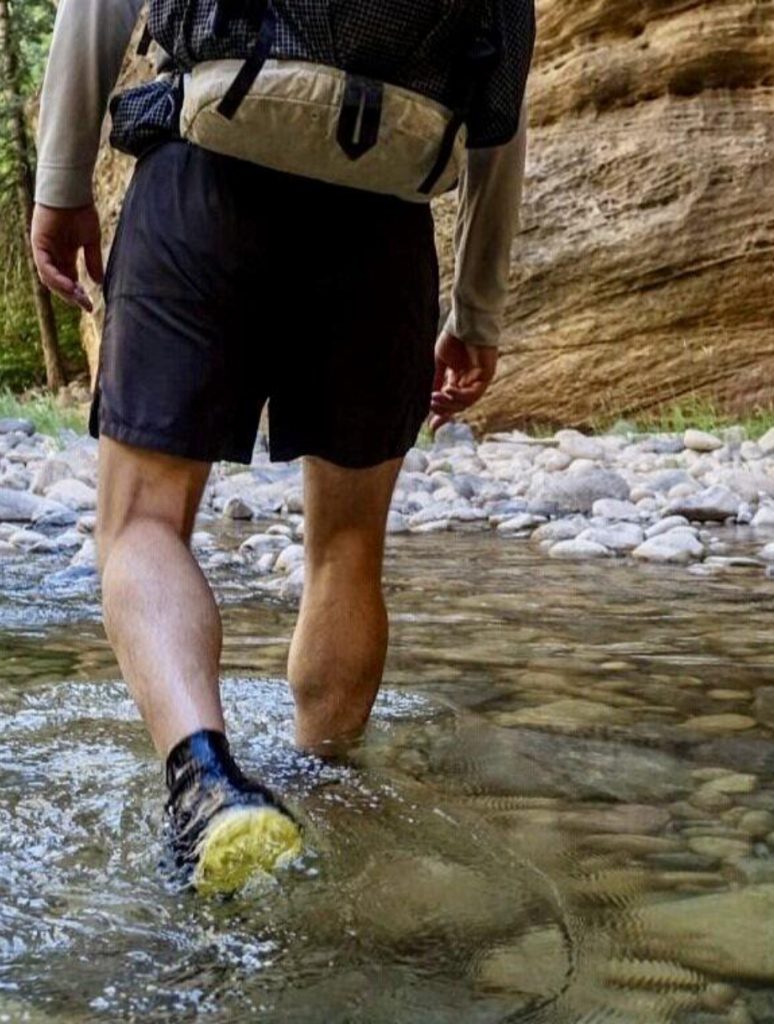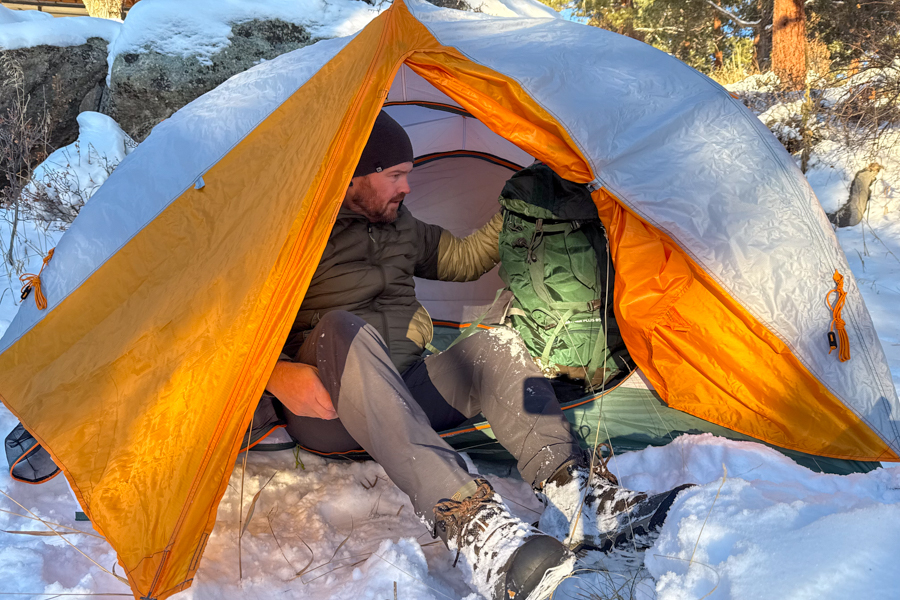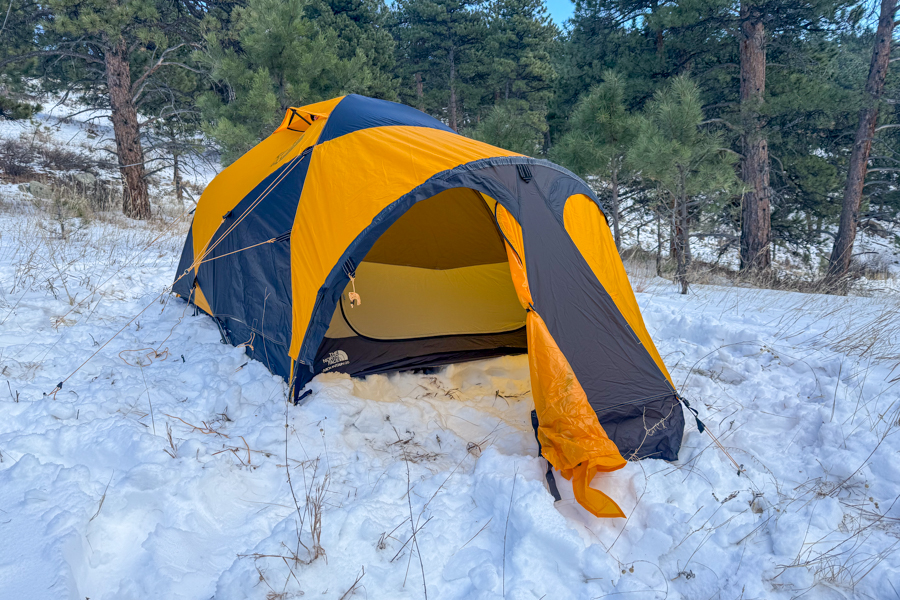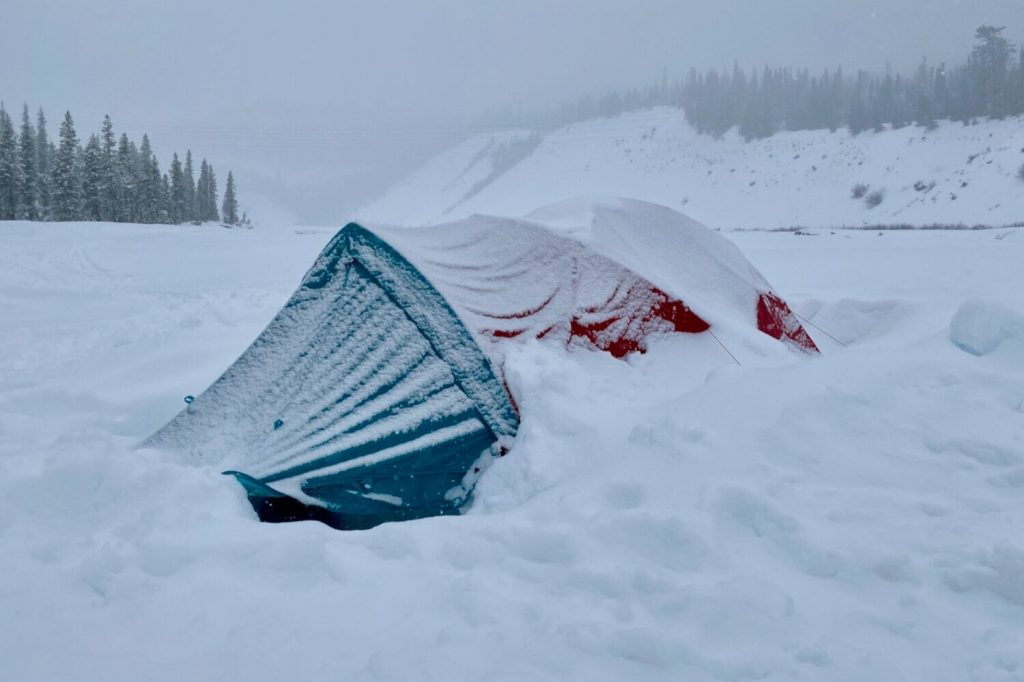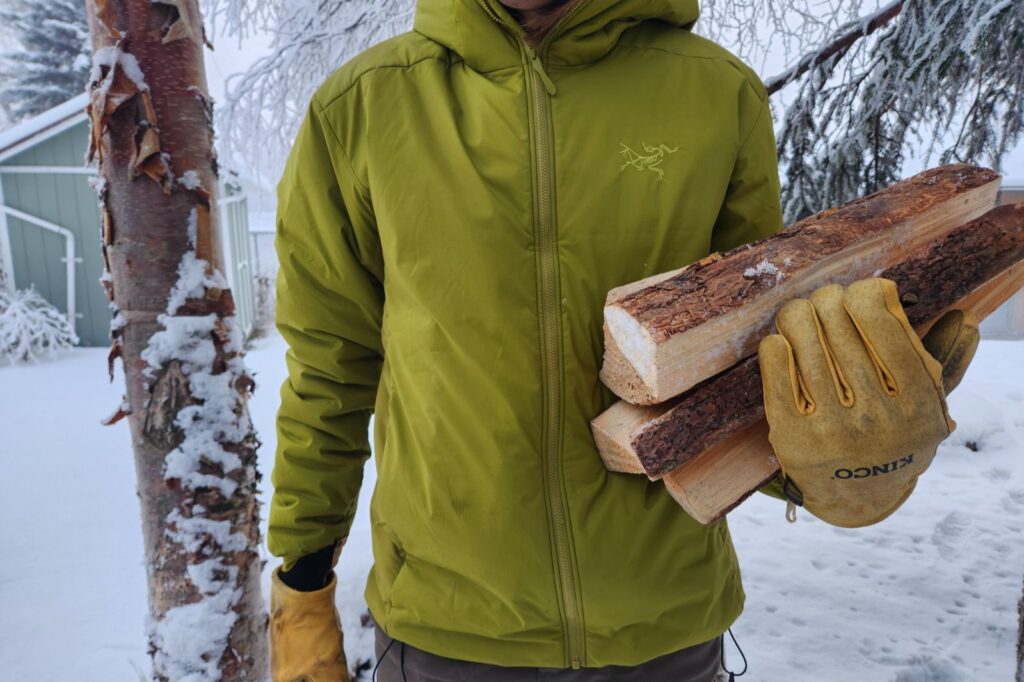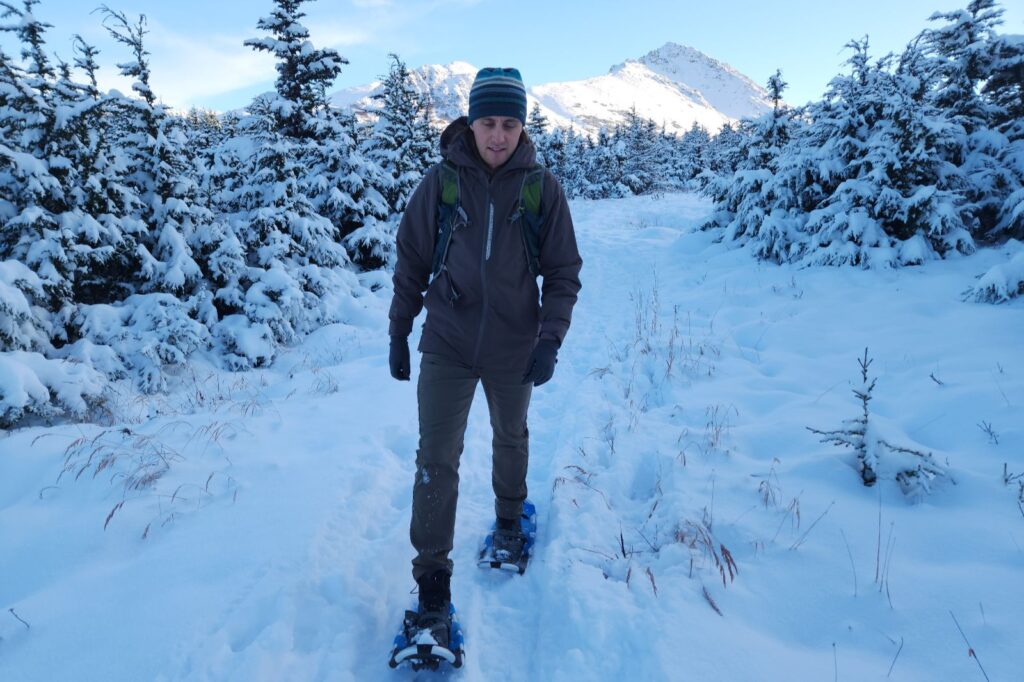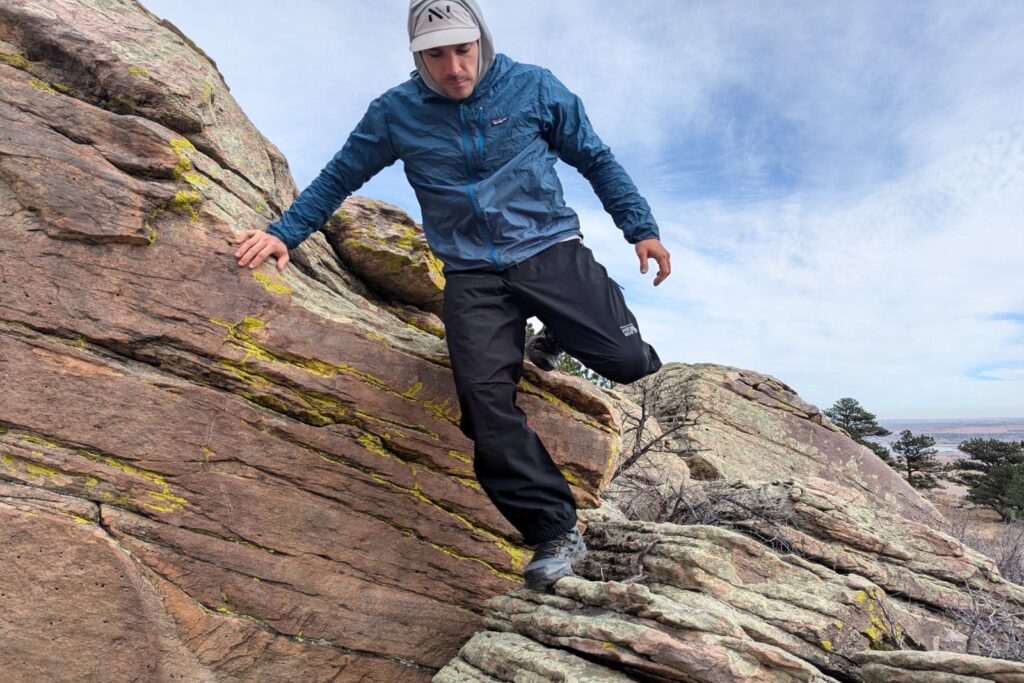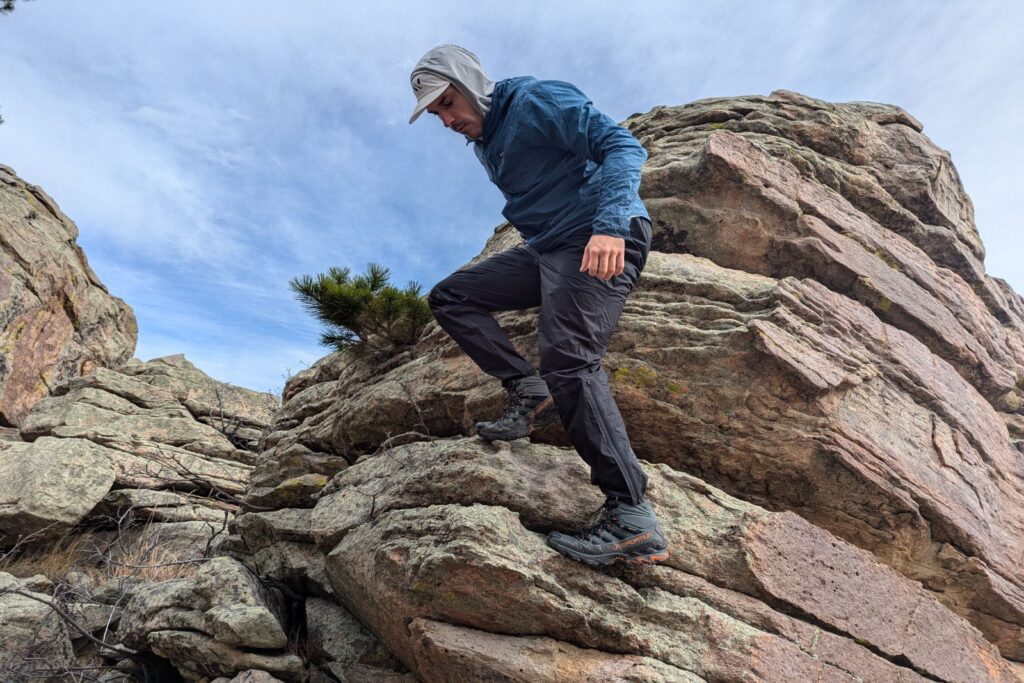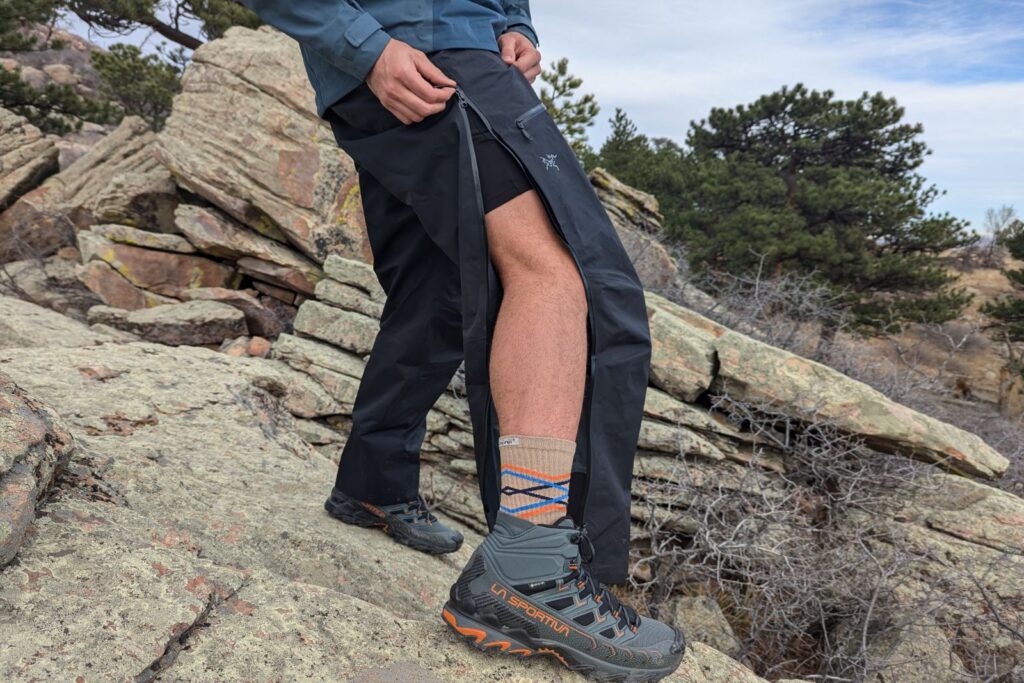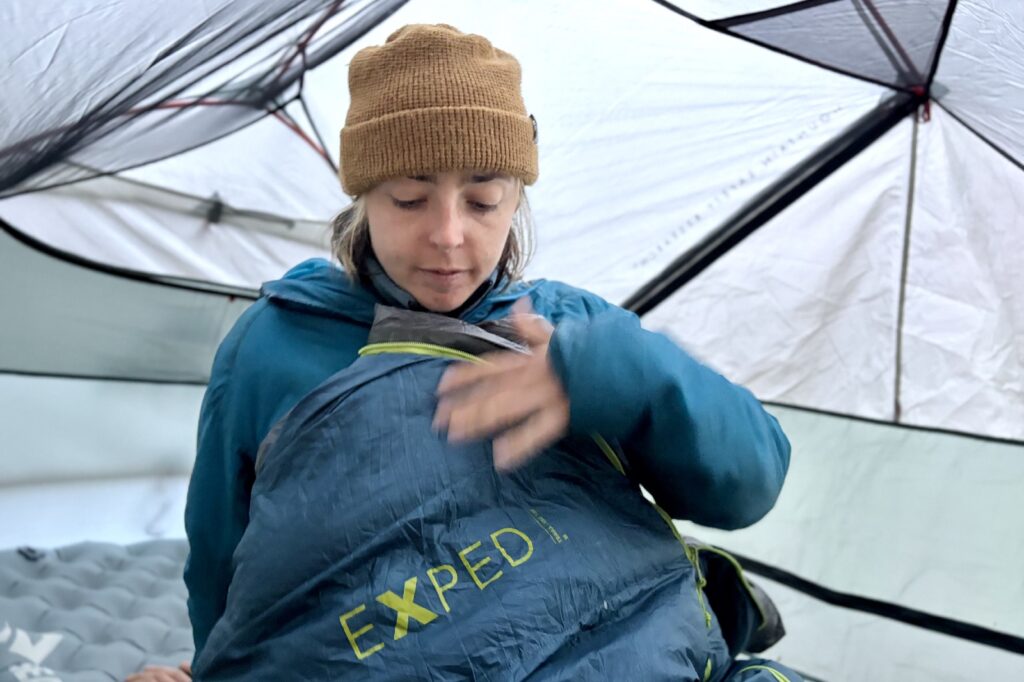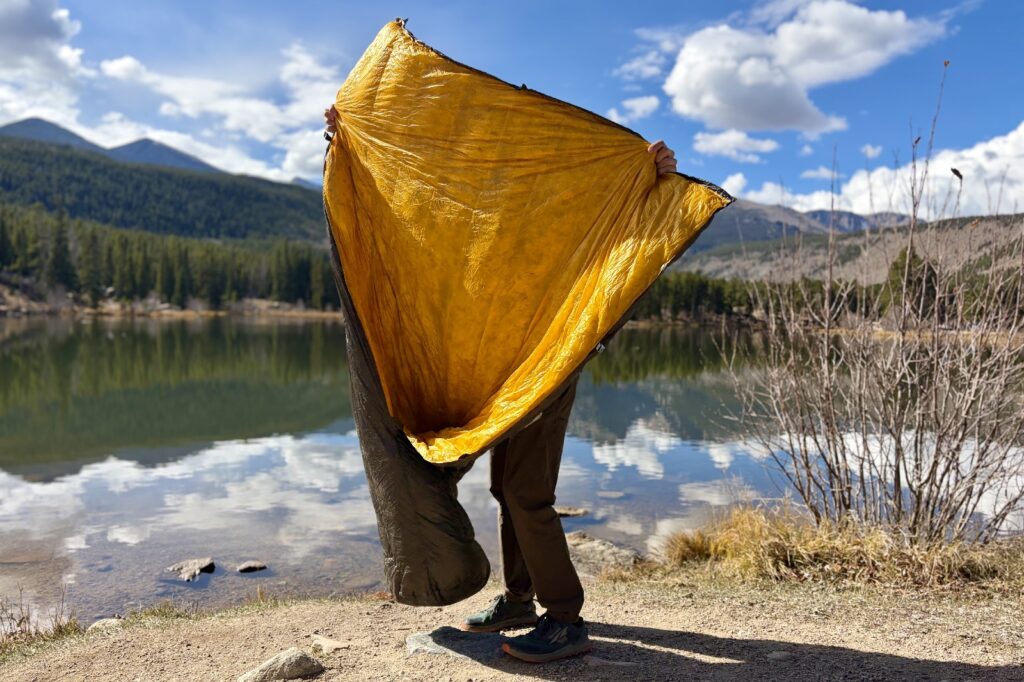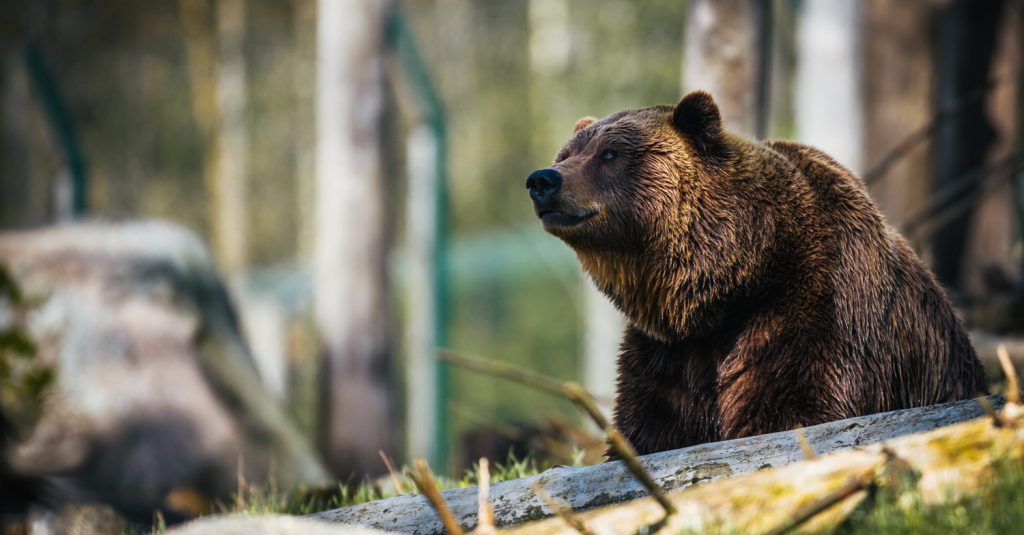
You’ve packed a can of bear spray and are heading off to your favorite wildlife-populated backcountry. But somewhere in the back of your head, you’re wondering…if I have to use this stuff, will it really work? Well, for the most part, the answer is: YES!
According to Frank van Manen of the Interagency Grizzly Bear Study Team, no deterrent, including bear spray, is 100 percent effective. That said, scientific data from a report on the efficacy of bear deterrent spray in Alaska is convincing.
“Although bear spray was 92% effective by our definition of success, it is
important to note that 98% of persons carrying it were uninjured after a close encounter with bears.”
This report includes deterring Grizzly, Polar, and Black Bears! When the right precautions are taken, the right product is carried and correctly deployed, bear spray fends off bears the majority of the time.
Why are bears so feared?
American culture has instilled a long-standing fear of bears and other wildlife. Settlers in the 1800s nearly eradicated grizzly bears because they viewed bears as a threat to human settlement and safety. This narrative benefited colonizers as they moved westward to take control of land and resources from Native Americans and indigenous tribes in North America. See the Plains Indians buffalo genocide.
In contrast, many native cultures revere bears as spiritual, intelligent, powerful, and healing figures. The relationship is one of coexistence through respect and ceremony.
Sensationalized media, folklore, and liability-conscious safety warnings still fuel this conditioned fear today. But, you’re more likely to die of a lightning strike (see our lightning safety tutorial) than a bear attack!

When to Use Bear Spray
Bear spray saves bear lives. Over 90 percent of human-bear conflicts result from bears being conditioned to associate food with humans. It can only take one handout for a bear to become conditioned to human food. They’ll keep coming back to that spot looking for a score, and this can lead to conflict with humans.
If a bear becomes accustomed to human food or teaches its cubs about human food, Fish and Wildlife Parks Management will put the bear down. The saying goes, “A fed bear is a dead bear.” It’s sad to know that humans are responsible for 71% of grizzly bear deaths.
So, bear spray isn’t just for when they are attacking you. In fact, attacks are rare; there are only ~40 attacks a year globally. Use it to deter bears from entering camp and getting to any of your smelly nom noms.
Goats sometimes need a spray, too. In fact, bear spray is more commonly used on goats that get too close than on grizzlies in Glacier National Park. It’s effective on all mammals (mountain lion, violent dog, moose, etc). It’s a useful tool if you’re already in a bad spot with wildlife.
In the end, spraying a bear teaches them to fear humans, which is a good thing.

Bear Spray vs. Guns
Depending on where you are, you may see backcountry travelers carrying guns as protection from wildlife. Although guns may seem like a more effective tool, scientific data proves bear spray to be more effective. Studies show bear spray is 90% successful when used to deter bear attacks, versus 76% for long guns and 84% for handguns.
Sure, someone armed with a gun may possibly be able to stop an aggressive bear, but van Manen says, “injuries to the shooter and others also sometimes occur. The need for split-second deployment and deadly accuracy makes using firearms difficult, even for experts.” He advises people to consider their ability to be accurate under duress when it comes to carrying a firearm for protection from bears.
Dr. Stephen Herrero, a Canadian bear biologist, has reached the same conclusions based on his own research: a person’s chance of incurring serious injury from a charging grizzly doubles when bullets are fired versus when bear spray is used.
Here at CleverHiker, we’ve also reached our own citizen-science conclusions. We’ve known of a case locally where a person accidentally shot and injured their hiking partner when they got between a sow and a cub. We think bear spray would have saved the sow (and it is unlikely the cub survived without its mother), and prevented a gunshot wound, which they luckily survived.
It’s also important to keep in mind: the grizzly bear is federally protected in the Lower 48 States as a threatened species. It is a violation of the Endangered Species Act to shoot a grizzly bear, except in self-defense during an imminent attack. Penalties under the ESA include jail time and a monstrous fine. Additional penalties may also apply to violations of state law.
Bottom line: Bear spray is more effective, easier to use, and less likely to cause injury to you, your hiking party, and the bear. And you can’t carry firearms into national parks.
How to Avoid Bear Encounters
Bear spray should be considered a last resort defense. Don’t let carrying bear spray create a false sense of security. The most important way to prevent human-bear interactions is to practice standard safety precautions when in bear country.
Most human-bear encounters happen when people surprise bears at close range. In the summer, when the trail is thick with brush or heavily forested, it’s possible for people to accidentally sneak up on bears without them hearing you.
The same goes for hiking near a river, where the rushing water may wash out the sound of humans. In these areas, it’s very important to make a lot of noise to alert the bear to your presence.
Finally, notice wind directions. Bears have an easier time smelling you and getting out of your area if the wind carries your scent toward them. The opposite can happen, too. If you are walking into the wind, they won’t be able to smell you from greater distances. Sometimes bears are stinky and you can smell them, so keep your noses up!
Educate yourself to reduce the likelihood of a human-grizzly interaction. It’s for your safety, but the survival of the bear also depends on you following these guidelines.
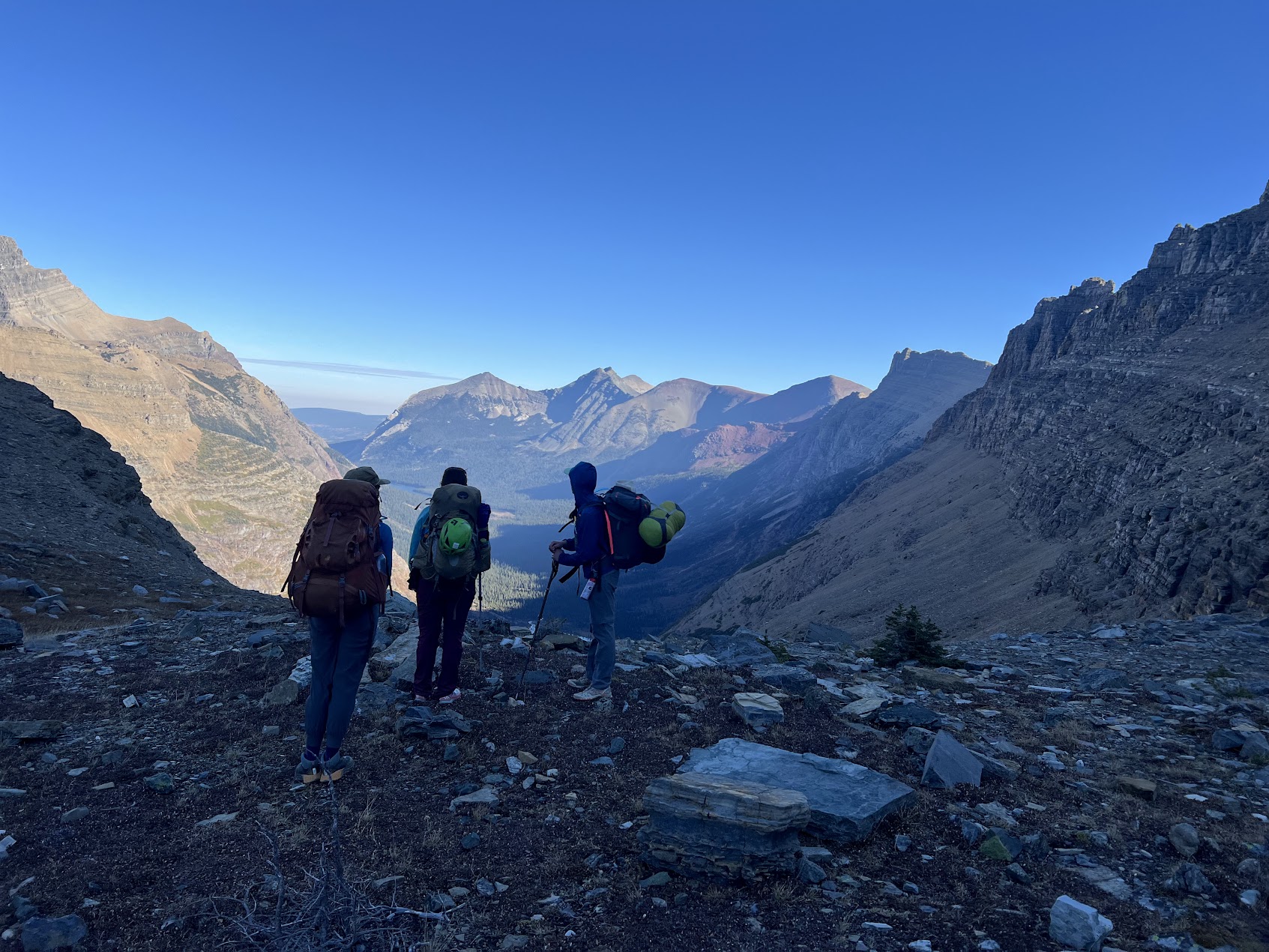
Quick Tips to Avoid Bear Encounters
- Recognize signs of nearby bear activity (bear scat, paw prints, presence of berry bushes, etc).
- Don’t hike alone. Hike in small groups.
- Make noise – clapping, singing, and talking loudly will alert the bear of your presence (especially in heavily forested areas or near loud rivers).
- Keep food and all scented items (toiletries, garbage, etc) in a bear canister, provided bear locker, or food hang.
- Avoid getting between a sow and cub – always keep your distance.
- Never approach a bear (or any wildlife) or let it approach you. Keep your distance. If the animal changes its movements because of you, you’re too close.
- Avoid snacking or taking breaks in confined areas, places with limited visibility, or areas with blind corners/ridges.

How To Choose Bear Spray
We hike with Frontiersman Bear Spray due to its strength, performance, and excellent price point. It also comes in a model that includes a belt/chest holster, which we recommend for quick deployment.
Bear spray comes in an aerosol can designed to blast bursts of atomized capsaicin (an active component of chili pepper) at great distances, but it’s most effective at short range. Capsaicin is a powerful irritant to the eyes, nose, and lungs of mammals – think pepper spray. It causes an immediate swelling reaction, temporary loss of sight, and severe breathing restriction.
Factors to consider when buying bear spray:
- Concentration (or strength): look for a minimum concentration of 0.857% capsaicin. We prefer bottles with a maximum of 2% capsaicinoids.
- Container size: the can should contain at least 7.9 ounces (225 grams) of spray. That’s usually the size we carry in grizzly country.
- Range: at least 16 feet (5 meters).
- Duration of spray: a trigger blast should last a minimum of 8 seconds.
- Ingredients: make sure the spray is designed for bears, not predatory people (mace). The label should say “bear deterrent spray,” not “personal defense product.”
- Amount: experts recommend at least one can per four people, but you might want one can per pair or one can per person. We usually carry one can per person, so we’re always prepared, even when separated.
- Shelf life: check the expiration date. A can of bear spray should last at least 4 years. We’ve sprayed expired cans and they still work, but we recommend following the manufacturer’s instructions.
- Certification: don’t look for the cheapest product on the market. Check all the above and buy a well-known brand. It should say Bear Spray, not Pepper Spray. Some brands to consider: Counter Assault, Defense Aerosols (Yukon Magnum, Bear Defence Professional), Frontiersman, and UDAP. In Canada, bear spray does not have to be certified or tested, so we suggest being extra careful about what you buy and from where.
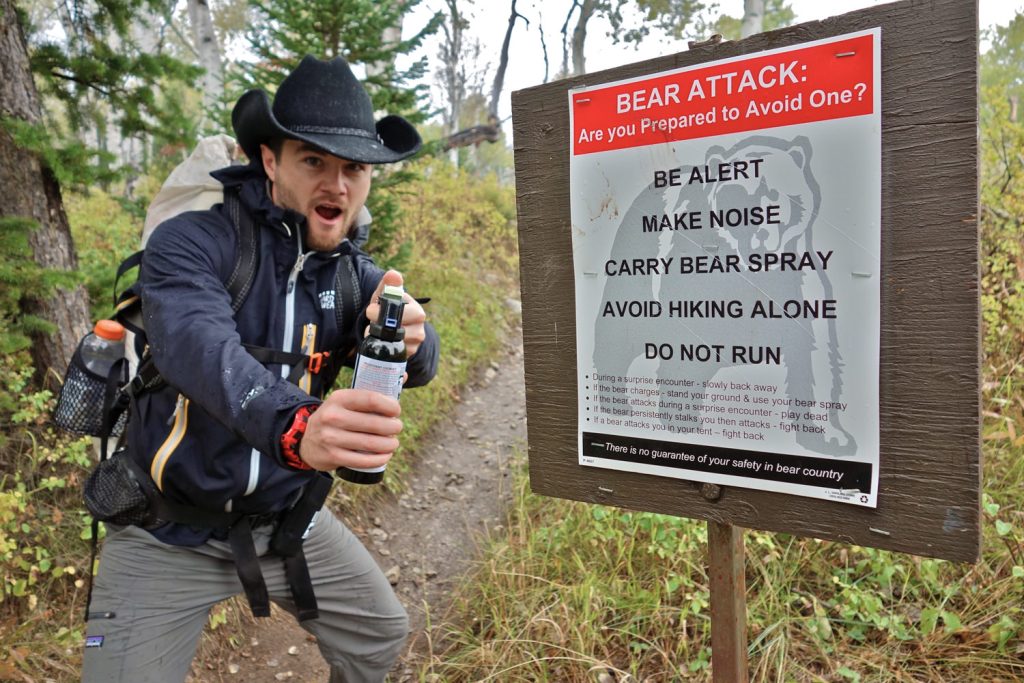
How To Deploy Bear Spray
You’ll hopefully never need to use your bear spray, but it’s best to be prepared if it ever does come to that. We recommend practicing to pull out your bear spray, remove the safety, and FACE IT IN THE RIGHT DIRECTION, and deploy it a few times. That way, you won’t be fumbling around if you ever need to use it.
- Pull out the bear spray and remove the safety clip.
- Aim toward the approaching bear; account for wind direction and strength.
- Lock your arms and hit the trigger with your thumb.
- Deploy in 2 to 3 second bursts when the bear is within 30 feet.
- Aim the spray at the head of the bear or slightly below it.
- Spray again if the bear continues to approach, aiming for the eyes and nose. Bear spray is most effective at close range.
- Avoid spraying the entire contents of the can, as you may need the rest later.
- Once the bear stops, step sideways, keeping your eyes on the bear, and get out of the area as quickly as possible.
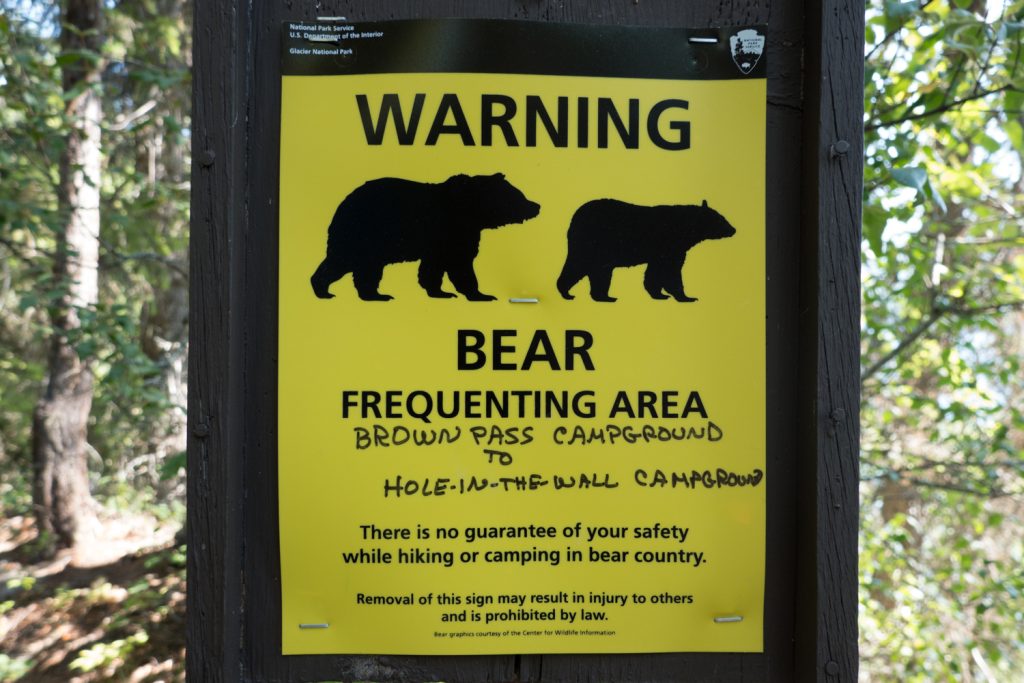
Where to Store Bear Spray
Deep in your pack! Just kidding. Bears, especially when threatened, move with incredible agility and speed.
Secure your bear spray in an easily accessible place. We’ve seen canisters slip out of holsters, flop out of packs, or sneak out of a pocket (especially if you take a tumble). Find a spot that consistently works for your packs that keeps your hands free, but won’t easily fall out. Some people lock them with a carabiner, but make sure you know how to unlock it quickly.
Practice keeping it on your hip belt, shoulder strap, or in a water bottle pocket on the side of your pack, and see what feels the most secure and yet accessible.
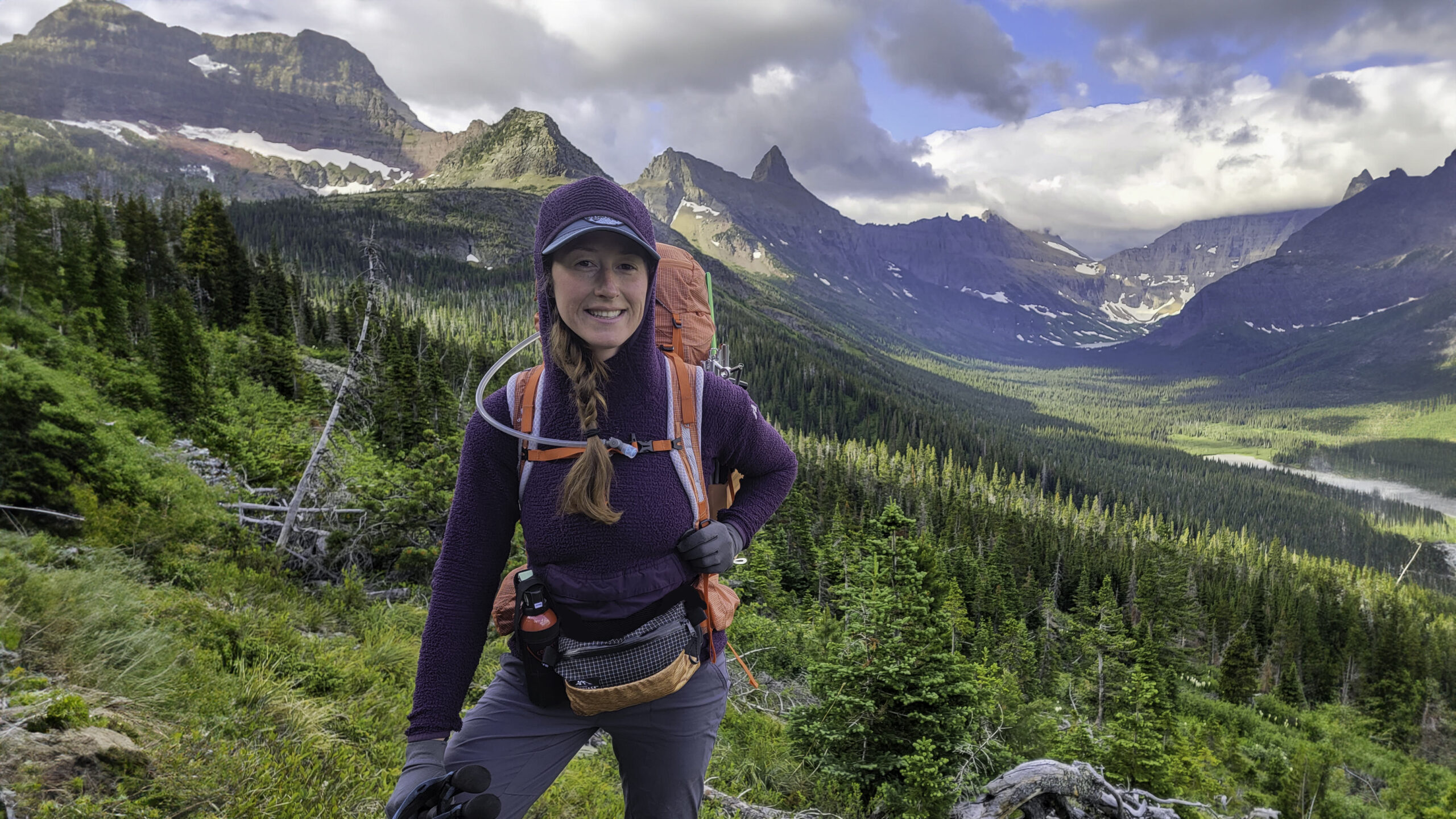
Other Considerations With Bear Spray
- Bear spray cans can explode in rare circumstances and are extremely flammable. Keep that in mind when transporting and storing it safely. For protection and peace of mind, you could pick up a bear canister container.
- Also, you can’t fly with bear spray, so don’t try to take it on an airplane in checked luggage or carry-on.
- Make sure the “safety” lock is securely in place at all times.
- Despite what you may have heard, NEVER spray your tent or pack with bear spray. It has absolutely no effect on bears and could even attract them.
- If you ever get spray residue on your gear, clean it up with white vinegar – do not use water, as that will only make the oil spread or saturate.
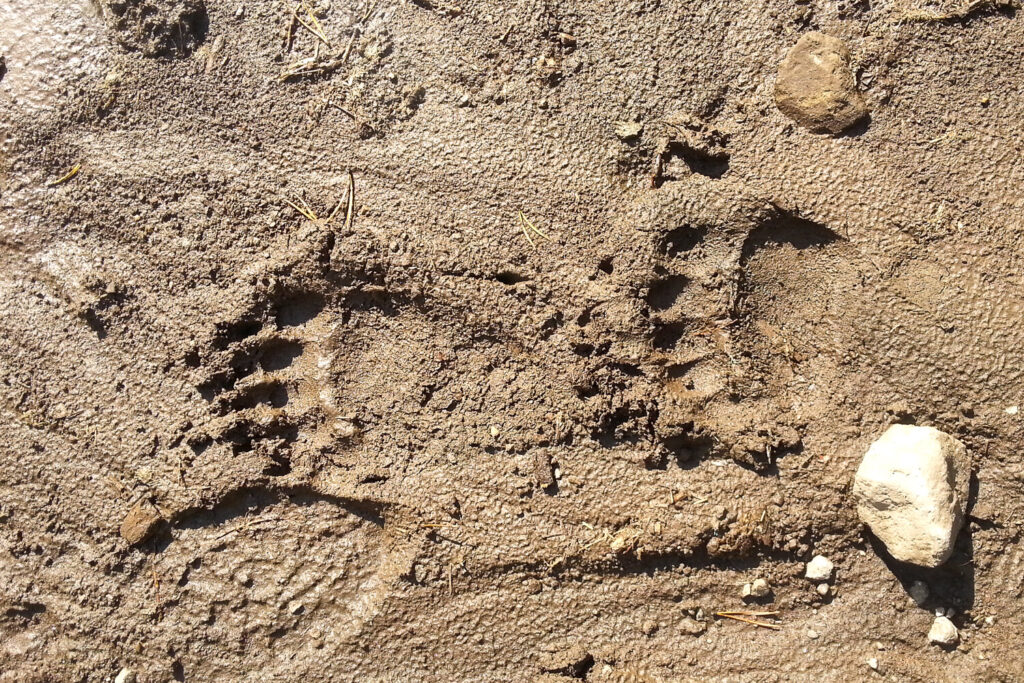
Final Thoughts
Although many backcountry travelers harbor an instinctive fear of encountering a grizzly bear while hiking, the truth is they generally want nothing to do with you. If you educate yourself in recognizing bear behavior, follow the guidelines for preventing an encounter, properly store your food, and carry bear spray, chances are incredibly high you’ll have a safe and enjoyable trip in the backcountry.

